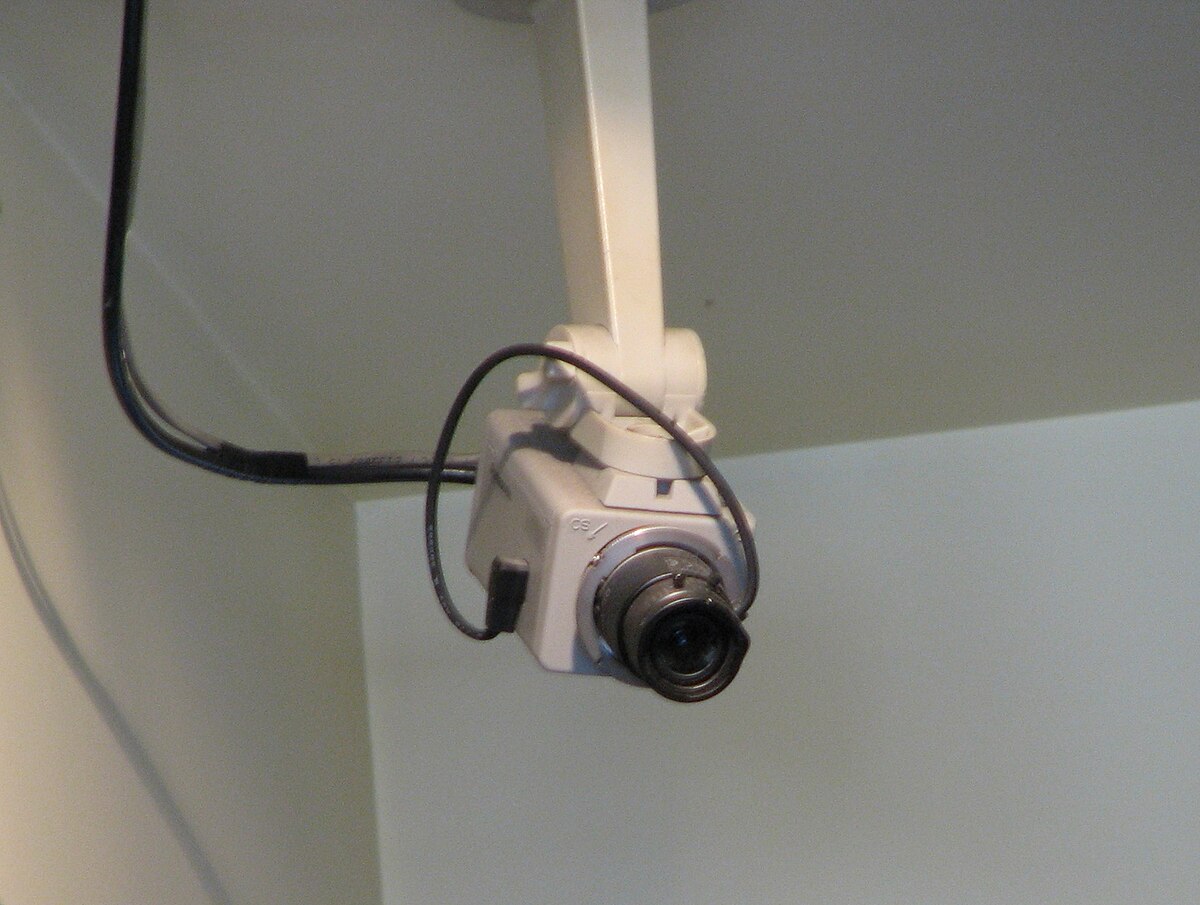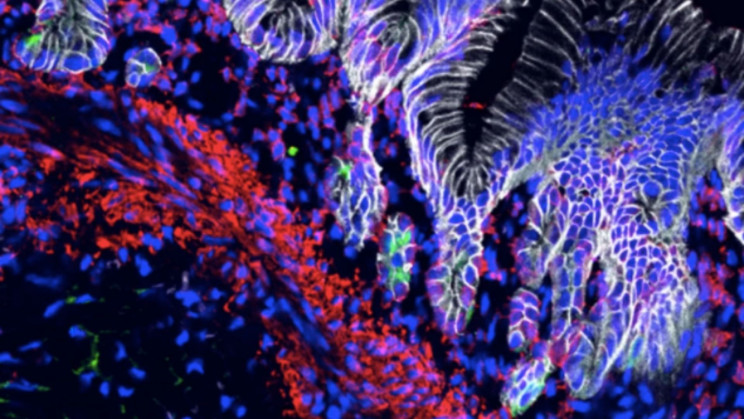Researchers Expose a Security Nightmare
Imagine your home security camera, your supposed guardian against prying eyes, becoming the very tool used to spy on you. Researchers at Northeastern University have uncovered a potential security nightmare: a method to spy on your security camera, even through walls! This technique, named “EM Eye,” utilizes the camera’s own electrical signals to reconstruct what it sees, essentially turning it into an unwilling informant.
The Unseen Threat: How Your Camera Could Be Betraying You
Picture someone having the ability to see what your home camera captures without needing to break in or hack into your network. Quite scary, isn’t it?
EM Eye employs a radio antenna to capture the electromagnetic radiation emitted by the internal wires of cameras. These wires inadvertently act as radio transmitters, unintentionally revealing the bits and bytes constituting the video data. By deciphering this signal, scientists can replicate the live video feed without audio.
EM Eye is effective across various cameras, including home security cameras, dash cams, and smartphone cameras.
The EM Eye technique, showcased at the IEEE Symposium on Security and Privacy, exposes a flaw in camera design. While cameras prioritize protecting intentional digital interfaces, they often overlook information leakage through unintended channels like wires. This method can be exploited by individuals with engineering skills and a few hundred dollars of equipment to spy on nearby cameras without detection, raising serious privacy and security concerns. Despite initial video distortion, machine learning is used to enhance the quality of the captured footage.
Countermeasures for Protecting Privacy
The researchers recommend that camera manufacturers shield wires or encrypt video data to prevent potential attacks. Users should avoid placing cameras in sensitive locations. Their technique, based on electromagnetic induction, captures video signals using a radio antenna and directional antenna. Unlike traditional methods, it doesn’t require network access, leaving no trace. Applicable to various wired devices, it poses privacy and security threats. The researchers hope their work prompts countermeasures to protect camera users’ privacy and security.







